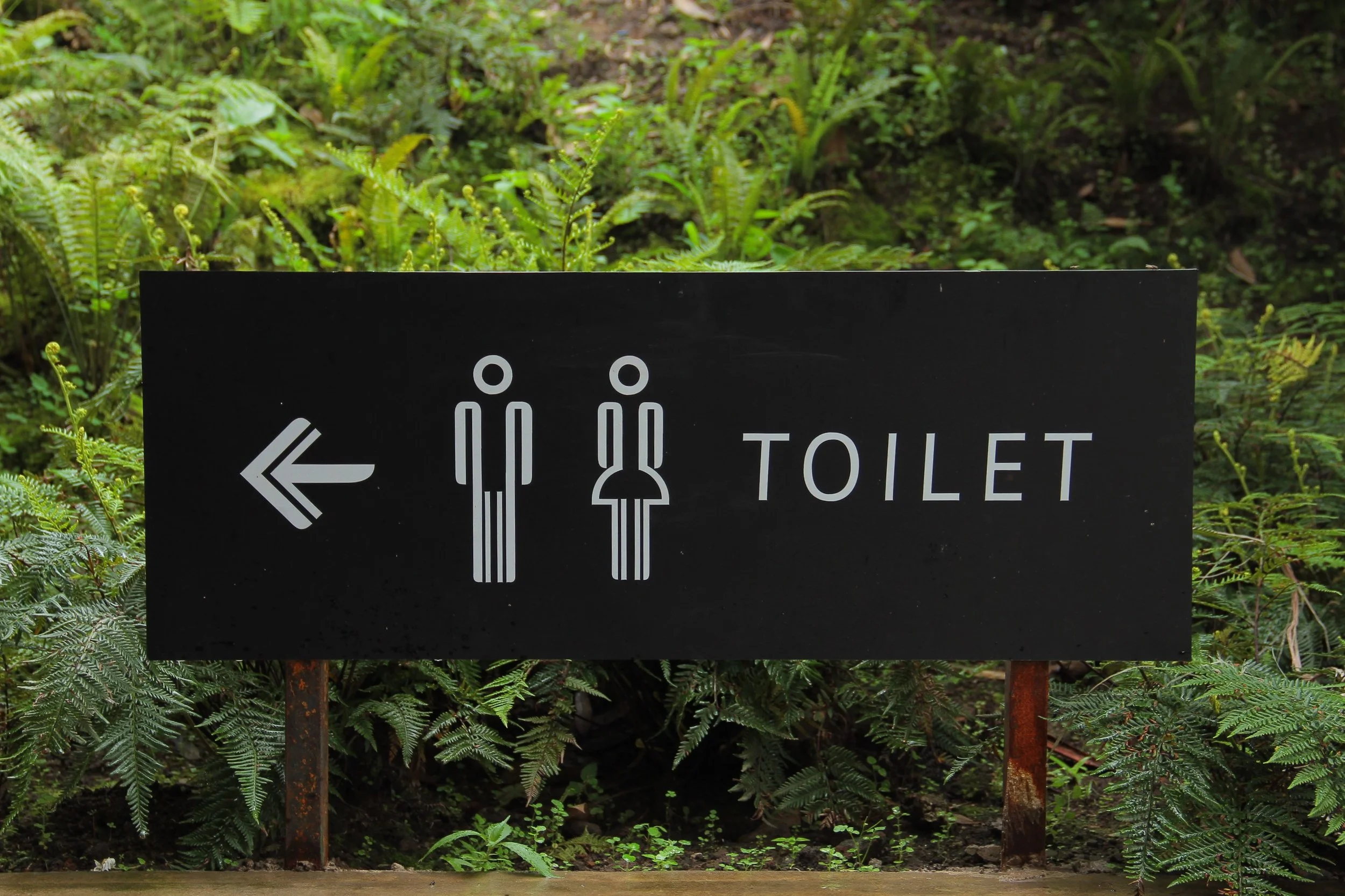Kids love asking questions. And kids love talking about the potty. Sooner or later they
(especially boys) are going to ask how a toilet works.
There are three words to emphasize: the flush, the sewer and the trap.
The first response to how does a toilet work is to show the child the water tank. This visual
demonstration will help the children figure out how it works. The parent should begin by
removing the lid to the water tank and lift the lid to the toilet, so the child can see the toilet
working parts.
Water tank in action
The child begins the process by pushing the lever on the toilet, something he has done many
times. Of course, he has heard the gurgling water many times before but now he can see the
flap open at the bottom of the tank and the water drain into the bowl. He can also see the flap
slowly float closed as the water drains out.
The boy (and his sister?) can see that a small chain attached to the flap slowly pulls on the flush
lever returning it into place as soon as the flap covers the hole. Now the observers can see that
the tank is rapidly filling with water from somewhere and the bulb floats slowly upward until the
water reaches the desired level and shuts off the water that is flowing into the tank. This simple
mechanism is a wonder to most first-time viewers.
For adults, it’s simply something to fix when it goes wrong. For kids, it can be fascinating.
The thorough parent/teacher will show the kids how the water gets into the tank. He will show
the kids that the water valve underneath the tank is what allows water into the tank. The parent
might even turn off the valve to show that now no water can come into the tank and the toilet
cannot operate properly.
When the parent turns the water back on, he can show the kids the water line that leads
upwards to the water tank. He can also tell them that if the water line leaks, the water tank will
not fill properly and water will get all over the floor.
Where does the poop go?
Now comes the big question from the kids. “Where does the poop go?” They might even ask a
tougher question: “How does a toilet work in space?” The answer? “I don’t know, go look it up
on Google the way I did when I was your age.” Or watch this cool NASA video all about going to bathroom in space.
A parent knows that showing goes a lot further than telling, so he will open the door underneath
the bathroom or kitchen sink and show them the trap. He could explain by saying, “The trap is half full of water and when new water comes in it pushes the old water (and whatever else was
in there) out and refills the trap. But since water does not flow ‘uphill’ without being forced,
some water remains behind.”
Of course, kids being kids will have a few questions regarding this stunt. An easy demonstration
would require a mostly empty jug of juice that is going to be emptied out anyway. Turn on the
faucet at the kitchen sink and show how the water pushes out the juice and leaves behind “new”
water that is clear in the pitcher.
What should and should not go into the toilet?
The kids get this, of course, they have seen it happen many times before and now can make the
connection to the toilet. Now the parent gets to make an important speech and add a new word
to the kid’s vocabulary: “biodegradable.” The parents can tell the children how the human waste
and toilet paper is flushed out with the wastewater into the public sewer where it is properly
treated. “But only the things that are biodegradable can go into the toilet.”
Wait for it: “What’s biodegradable?” The parent answers by saying that it means an item that
can break down into natural materials without causing harm, usually through the action of water
and microorganisms.
The next important discussion for the parents to have is “What is not biodegradable?” He must
explain that legos, dolls, doll clothes, papers, newspapers, paper towels, clothes, handkerchiefs,
etc. etc. are NOT biodegradable. They do not decompose and can cause great harm to the
plumbing system and make a mess for the family toilet or for the city sewer system.
The parent has given the child/children a good start in learning how a toilet works. He has seen
how the water tank works and how it is connected to the toilet. He also understands how the
trap works. The children also understand what to put into the toilet and what not to put into the
toilet. It’s also a great opportunity for one kid to tattle on the other. That can add up to great
entertainment for the adult and a good early warning system for the designated plumber in the
house.

